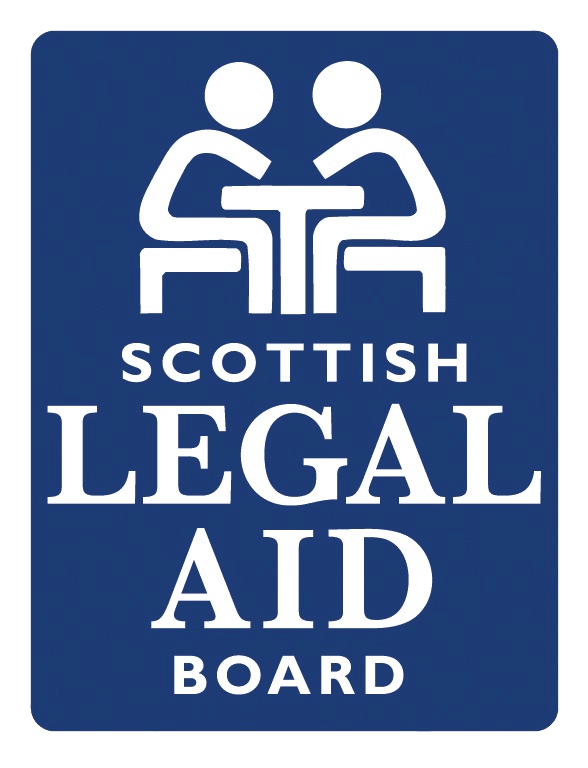Wishart v Procurator Fiscal, Kirkcaldy 2021 SAC (Crim) 1
The appellant was convicted at the Justice of Peace Court at Kirkcaldy of driving a vehicle which had been involved in an accident causing damage to another vehicle on a road, failing to stop and give the necessary information and failing to report the accident to the police within 24 hours contrary to s170(2) and (4) and 170(3) and (4) of the Road Traffic Act 1988.
There were no eye witnesses to the collision. The Crown led evidence from the owner of the vehicle, two police officers and CCTV footage of the collision (a certificate of provenance had been provided). The appellant argued that the CCTV evidence was deficient and could not result in a conviction. He did not serve a counter-notice challenging the certificate of provenance.
A no case to answer submission had been made by the appellant at trial stating that the certificate of provenance did not lay out all the information it was required to in terms of s283 of the 1995 Act and therefore provenance was not established. This submission was repelled by the Justice taking the Crown case at its highest stating that the necessary details were contained in the certificate.
The appeal by stated case argued that the Justice erred in repelling the no case to answer submission as the nature and extent of the signatory’s responsibility had not been stated fully in the certificate. The Crown opposed the appeal stating that no challenge to the footage had been made until after the conclusion of the Crown case including no objection to the Crown leading such evidence. The Crown further submitted that in any event the provenance was supported by witness evidence.
In delivering the opinion of the Sheriff Appeal Court. Appeal Sheriff MacFadyen stated that:
“In order to prevent the CCTV footage being viewed and considered by the court, objection should have been taken when the Crown attempted to show it and lodge as a production the section 283 certificate.”
He continued by stating that:
“It seems that this document was carelessly filled in. However, if it is read as a whole, all of the necessary information required by section 283(1) is contained in it and it meets the requirements of that section sufficiently to amount to a certificate thereunder.”
In conclusion the court held that the provenance of the CCTV had been established by the certificate and had it not been there was sufficient evidence taken from the witnesses led. The appeal therefore failed.


